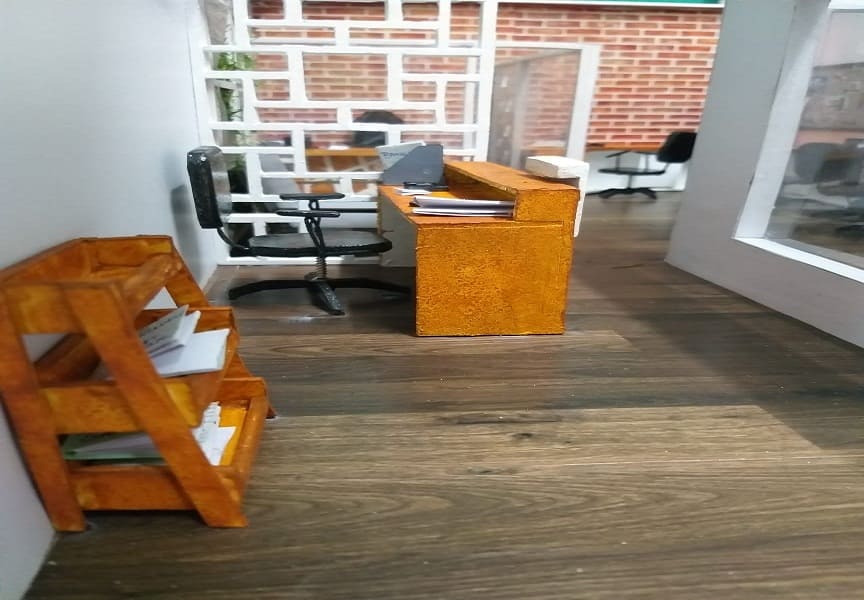The fashion industry is a complex ecosystem that involves designers, manufacturers, retailers, and consumers. Contrary to popular belief, designers seeking new ways to make money do not cause every change in fashion. Rather, it is the changing needs and wants of consumers, their evolving ideas about what is appropriate and acceptable, and their interests in life that bring about changes in fashion. The fashion industry's main concerns are charting, forecasting, and satisfying consumer demand. Heights Jaipur offers comprehensive fashion design courses in Jaipur to help aspiring designers turn their creative ideas into reality. Our courses provide students with the knowledge and skills needed to succeed in the fashion industry. Join us today to unleash your creativity and pursue a fulfilling career in fashion design.
BIRTH OF A FASHION
The birth of a fashion trend starts with noting and analyzing current trends in consumers' ideas and attitudes. These trends are then interpreted and presented to consumers in the form of new styles by designers and manufacturers who influence fashion by providing an unending series of new styles from which consumers can choose those that best express their individual lifestyles. To ensure that designers are presenting what customers want, many precautions are taken. Nevertheless, at least two-thirds of the new designs introduced each season by the fashion industry fail to become fashions. Some designs are introduced too early before the public is ready to accept them, while others fail because they are too extreme for consumer acceptance.
THE LEADERS OF FASHION
The role of designers in the fashion industry is significant, and they are continually influenced and limited by many factors in creating designs that reflect consumer attitudes and needs and also give expression to artistic ideas. Practical business considerations are of particular importance as all designs must be produced at a profit and within the firm's predetermined wholesale price range. Designers must, therefore, consider the availability and cost of materials, the particular image that the firm wants to maintain, available production techniques, and labor costs. Despite these limitations, great designers use their creativity to produce salable, exciting designs. Heights Jaipur is one of the leading fashion designing colleges in Jaipur that offers a wide range of courses for students interested in pursuing a career in the fashion industry. Our experienced faculty, state-of-the-art facilities, and industry-focused curriculum ensure that students receive the best possible education and training. Join us today to take the first step towards a successful career in fashion designing.
Today, designers are everywhere, designing everything from fashions, furnishings, shopping centers, space-station family living quarters to even blood-flow patterns for artificial hearts. Gone are the days when a few designs created all the ideas for the general population. Today, the world of design offers ever-expanding opportunities for all those who have the ability to contribute to it.
Fashion designers are categorized into three types based on their specialization, creative process, and role in the fashion industry:
High-Fashion or "Name" Designer
Stylist-Designer
Freelance Artist-Designer
HIGH-FASHION DESIGNER
A high-fashion designer is a name designer who is renowned for their originality and success in creating unique and innovative designs. They are responsible for the overall design concept, including the choice of fabric, texture, and color. High-fashion designers are also involved in model selection and planning the promotion of their firm's line. Heights Jaipur is a premier institute for fashion designing in Jaipur that offers comprehensive courses for students interested in pursuing a career in the fashion industry. Our courses cover a wide range of topics, from design theory and sketching to garment construction and marketing. With experienced faculty, modern infrastructure, and industry-relevant curriculum, we provide our students with the best possible education and training. Join us today to turn your passion for fashion into a successful career.
STYLIST-DESIGNER
A stylist-designer is a designer who adapts or modifies successful designs of others using their creative talents. They must have a comprehensive understanding of fashion construction, the manufacturing process, and adapt designs to meet the market's demand for lower-priced fashion. Stylist-designers create designs that fit into the late rise or early culmination stage of the fashion cycle. They are not involved in the details relating to the production of the fashion line or planning its promotional activities. Instead, they design within the limits of the firm's production capacity and capability.
FREELANCE ARTIST-DESIGNER
A freelance artist-designer is a designer who creates original designs or adapts existing designs to the manufacturer's specifications. Freelancers work in design studios and sell sketches and designs to the general apparel market. They provide manufacturers with sketches and designs, and their job ends with the delivery of the design to the manufacturer. Heights Jaipur is a leading fashion design institute in Jaipur that offers comprehensive courses for students interested in pursuing a career in the fashion industry. Join us today to turn your creative passion into a successful profession.
INSIGHT AND INTUITION
Insight and intuition play a crucial role in the success of a fashion designer. Constant experimentation with new ideas is a must. As a fashion trend reaches its peak and its popularity begins to decline, a designer must have new styles ready and waiting for the public. Sometimes a style becomes so popular that it continues to be in demand for many seasons. Designers then give it apparent freshness each season by using new details or materials.
THE MANUFACTURER'S ROLE
The success of a manufacturer in the fashion industry depends, in part, upon their ability to attune their styling to the fashion interests and demands of the consumers.
TYPES OF MANUFACTURERS
Manufacturers of fashion goods are generally classified into three groups:
(a) Better Market - Firms that produce innovative, high-fashion apparel are identified as the "better market."
(b) Moderate-Priced Market - This group of firms sometimes produces originals but typically turns out adaptations of styles that have survived the introduction stage and are in the rise stage of their fashion life cycle. This group of firms is usually identified as the "moderate-priced market."
(c) Budget Market - These firms do not attempt to offer new or unusual styling but instead mass-produce close copies of styles that have proven their acceptance in higher-priced markets. This group is usually identified as the "budget market."
FASHION INFLUENCE
Retailers are so intuitive or creative that they are a step ahead of their suppliers in anticipating the styles their customers will accept. Such retailers accelerate the introduction and progress of new fashions by persuading manufacturers to produce styles that answer a latent demand. Product development is becoming more and more important for major retailers.
No amount of retail effort can make customers buy styles in which they have lost interest or in which they have not yet developed interest. Stocking such merchandise simply means lost sales and probable markdowns.
The more accurately a retailer understands his or her customers' fashion preferences and reflects this understanding in the assortments purchased, stocked, shown and promoted, the more successful the operation will be. And the more successful the operation, the more important the retailer's fashion role will be.
THEORIES OF FASHION ADOPTION
Fashions are accepted by a few before they are accepted by the majority Antisant depa forecasting is isolating and identifying those fashion leaders and keeping trees of dat Once these are known, the fashion forecaster is better able to forecast which are most p succeed as fashions and how widely and by whom each will be accepted
Three theories have been advanced to explain the spread of fashion adspeise the downward theory, the horizontal-flow theory or "mass-market" theory and the upshow decay attempts to explain the course a fashion travels or is likely to travel and chassis own dimanc validity in reference to particular fashions or social environments
Heights Jaipur offers a diploma in fashion designing in Jaipur that provides students with comprehensive knowledge and skills required to succeed in the fashion industry. With experienced faculty, modern infrastructure, and industry-relevant curriculum, we provide our students with the best possible education and training. For more Information Visit Our Website
DOWNWARD-FLOW THEORY
The cldest theory of fashion adoption is the downward-flow theory (or the d It maintains that in order to be identified as a true fashion, a style must first be anospied or peop the top of the social pyramid. The style then gradually wins acceptance at progressivejow levels.
The theory suggests that (1) fashions are accepted by lower classes only if and after the P by upper classes and (2) upper classes will reject a fashion once it has flowed to a lower soul spe A newer theory is the horizontal-flow theory (or mass-market theory) of fashion adappe
HORIZONTAL-FLOW THEORY
Horizontal-flow theory is one of the theories of fashion adoption that suggests that fashion trends spread horizontally through social groups rather than vertically from one social class to another. This theory suggests that individuals within the same social group or subculture are more likely to adopt similar fashion trends and styles than individuals from different groups. This is because individuals in the same social group share similar values, beliefs, and lifestyles, which influence their fashion choices. Horizontal-flow theory emphasizes the importance of peer influence, communication, and social networks in the diffusion of fashion trends. It highlights the significance of understanding the complex and diverse social networks that exist within society in predicting fashion adoption.
UPWARD-FLOW THEORY Upward-flow theory is a theory of fashion adoption that suggests that fashion trends flow upward from lower social classes to higher social classes. This theory proposes that individuals from lower social classes often create new fashion trends based on their practical needs, lifestyles, and cultural influences. These fashion trends then gain popularity and become adopted by higher social classes, who often modify the trends to suit their tastes and preferences. Upward-flow theory emphasizes the role of innovation and creativity in the fashion industry and highlights the importance of understanding the cultural and social context of fashion trends. This theory also acknowledges the impact of cultural appropriation and the power dynamics involved in the adoption of fashion trends.
FASHION LEADERS AND The fashion leaders and followers theory suggests that fashion trends are created and adopted by individuals who are considered to be fashion leaders, trendsetters, or innovators. These individuals often have a significant influence on the fashion industry, as their choices and preferences are followed by a larger group of fashion followers. The theory proposes that fashion leaders are often influential individuals with high social status or those who have access to the latest fashion information and trends. Fashion followers, on the other hand, are individuals who adopt these trends and styles based on their admiration for the fashion leaders. This theory emphasizes the role of social influence and cultural capital in the diffusion of fashion trends. Heights Jaipur is a top Fashion Design College in Jaipur that offers a wide range of courses for students interested in pursuing a career in the fashion industry. With experienced faculty, industry-relevant curriculum, and modern facilities, we provide our students with the best possible education and training.
In today's society, social leaders have replaced royalty as the primary source of fashion inspiration. Whether they come from old money or new fame, these influential figures bring glamour and excitement to everything they do. Their pictures appear in newspapers and magazines, and they appear on television, radiating success. The average person seeks to imitate their fashion sense as the only way to follow their style.
People in the news, regardless of their profession, have become influential fashion icons. This group includes presidents, princesses, movie stars, religious leaders, sports figures, politicians, and TV personalities. Because they are frequently seen in the media, the public has a good sense of their fashion and lifestyle, which they can imitate to the extent of their means and desires.
Sports professionals also play a significant role in the fashion industry. What prominent sports figures wear is of great importance to those who seek to imitate them. Television has increased the public's acceptance of several sports, making their fashion even more popular.
Most people prefer to be thought of as leaders rather than followers. However, there are many who are followers and good ones. Followers are in the majority within any group, and without them, the fashion industry would collapse. Mass production and distribution can only be possible and profitable when large numbers of consumers accept the merchandise. Although they may say otherwise, more people prefer to follow than to lead. The styles adopted by fashion leaders may help manufacturers and retailers determine what will be demanded by the majority of consumers in the near future. Accurate predictions are necessary to ensure the continued success of the giant ready-to-wear business in the country, which depends on mass production and distribution. While fashion leaders may stimulate and excite the fashion industry, the fashion followers are the industry's life-blood.
Fashion is increasingly becoming a means of self-expression. Young people seek to create an individual effect through the way they combine various fashion components. Instead of slavishly adopting any one look, they strive to express their personality and refuse to be cast in a mold. For instance, if a young woman thinks a denim skirt, an ankle-length woolen coat, and a heavy turtleneck sweater represent her personality, they will be considered acceptable by others in her group.
Designers recognize this desire for self-expression and encourage consumers to combine basic wardrobe components as they see fit. They advise women to wear pants or skirts, long or short, according to how they feel, not according to past tradition. They suggest that men make the same choice among tailored suits, leisurewear, and slacks to find the styles that express their personalities.
Having experienced such fashion freedom, young people may never conform again. Despite individual differences in their dress, young experimenters have a deep-rooted desire to dress differently from the older generations with whom they live and associate.
Most people, particularly those who lack the time, funds, and flair for combining different components into a strictly personal look, still tend to accept a fashion or effect as a whole. A touch of novelty in accessories, color, line, or texture within the framework of prevailing fashion is enough to create the feeling of individuality that the average consumer craves.
In conclusion, social leaders have taken the place of royalty as the primary source of fashion inspiration. People in the news, sports professionals, and fashion followers play a significant role in shaping the fashion industry. Fashion is increasingly becoming a means of self-expression, and designers recognize the desire for individuality. The average person seeks to express themselves through fashion, and a touch of novelty is enough to create a feeling of individuality that they crave.
In conclusion, the fashion industry is a dynamic one that involves multiple players, including designers, manufacturers, retailers, and consumers. Fashion trends are a product of the changing needs and wants of consumers, and designers and manufacturers influence fashion by providing new styles from which consumers can choose. Designers face numerous practical business considerations, but great designers use their creativity to produce salable, exciting designs that reflect consumer attitudes and needs and give expression to artistic ideas. Heights Jaipur is one of the best interior design colleges in Jaipur that offers a wide range of courses for students interested in pursuing a career in interior design. With experienced faculty, industry-relevant curriculum, and modern facilities, we provide our students with the best possible education and training.

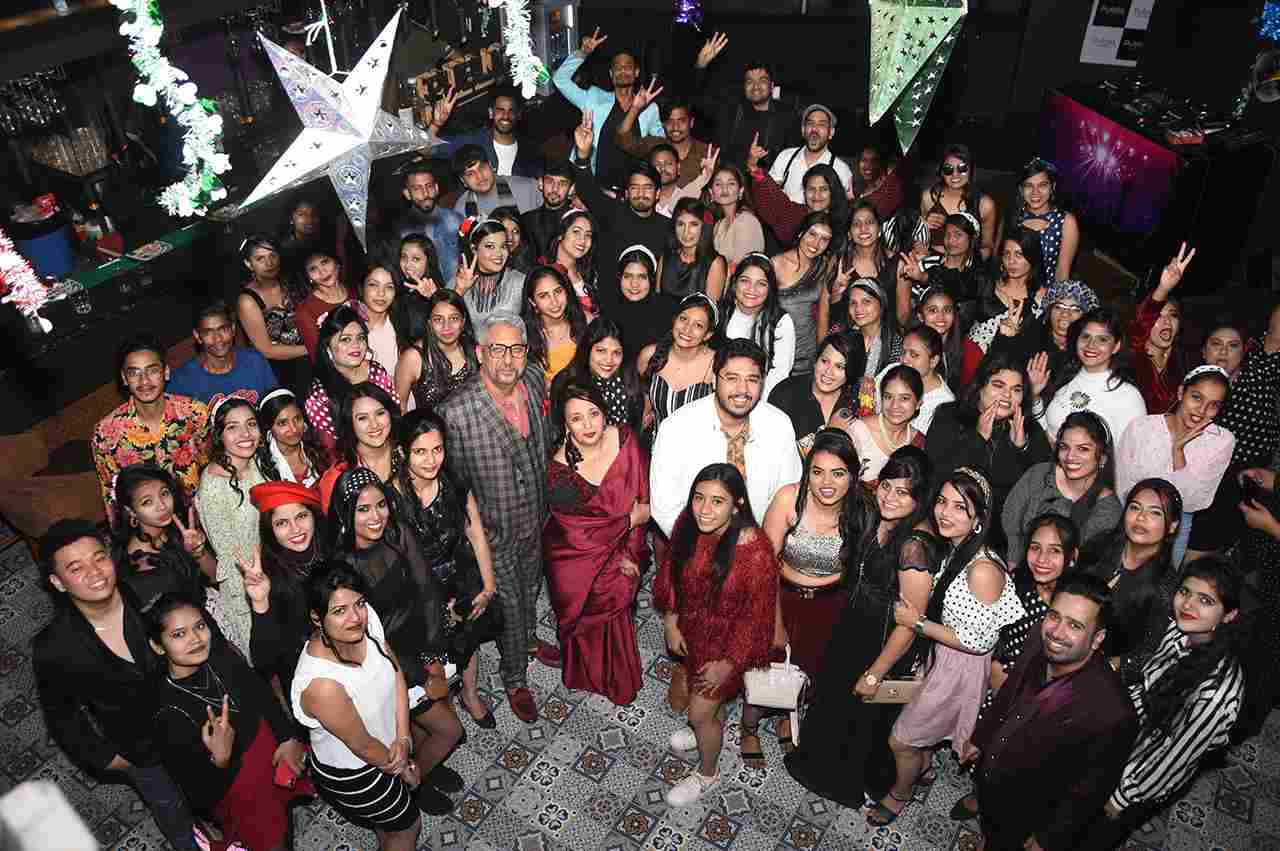




































.jpeg)

.jpeg)




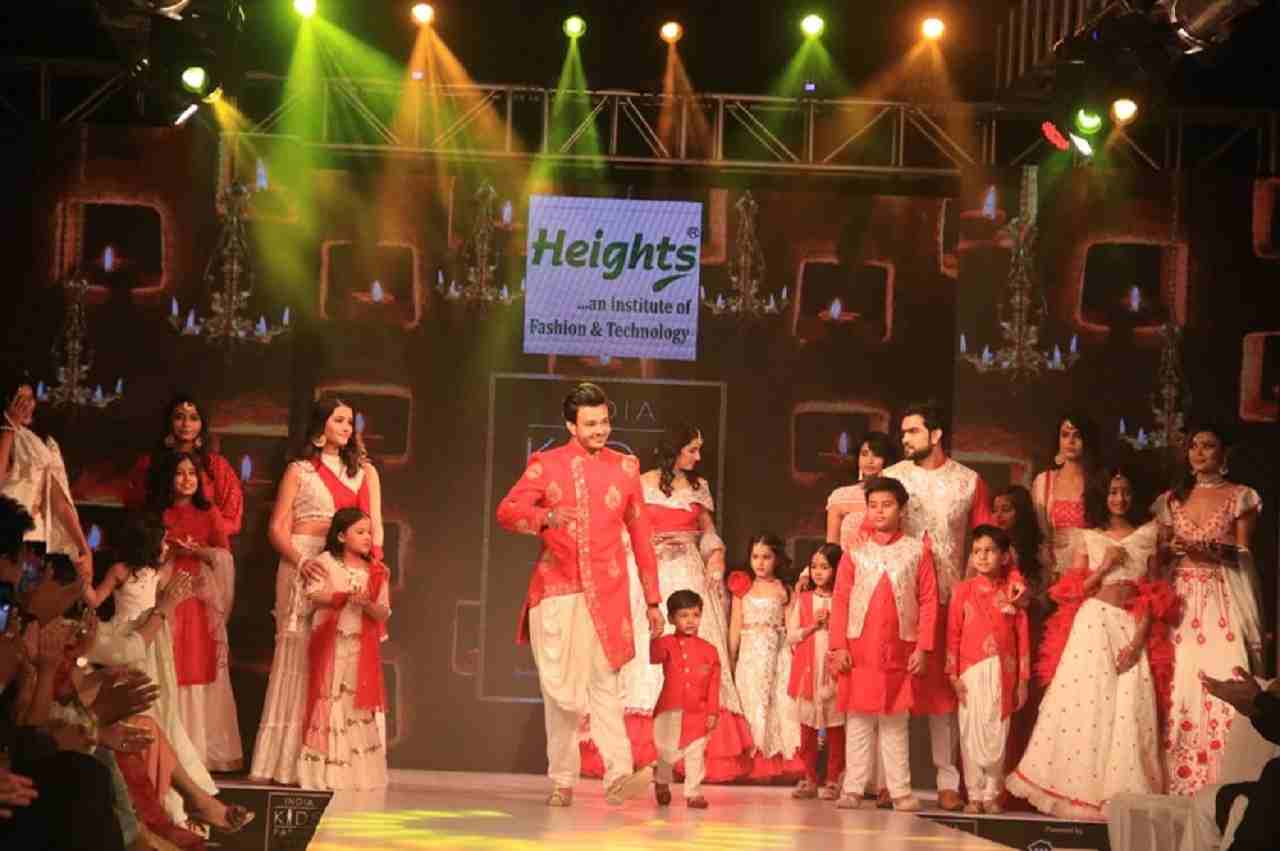
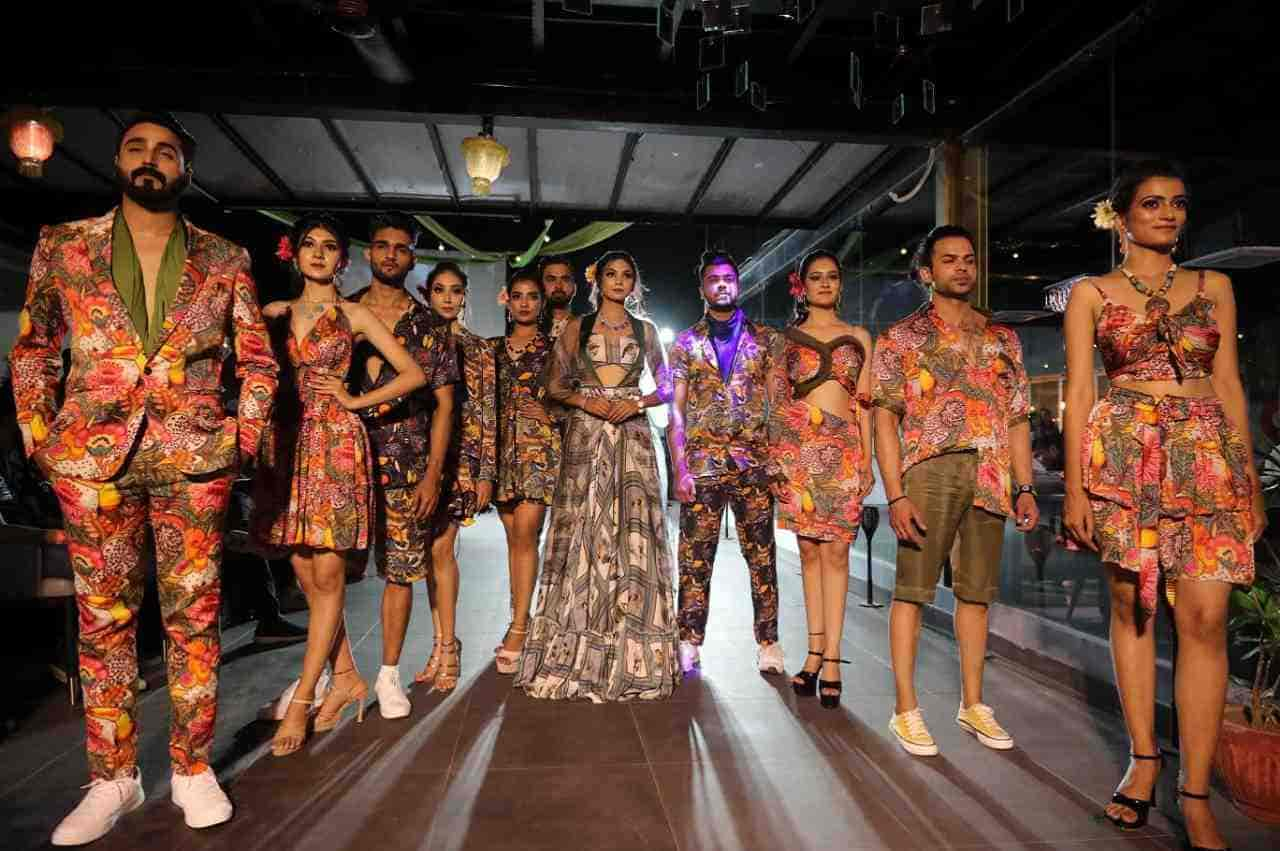
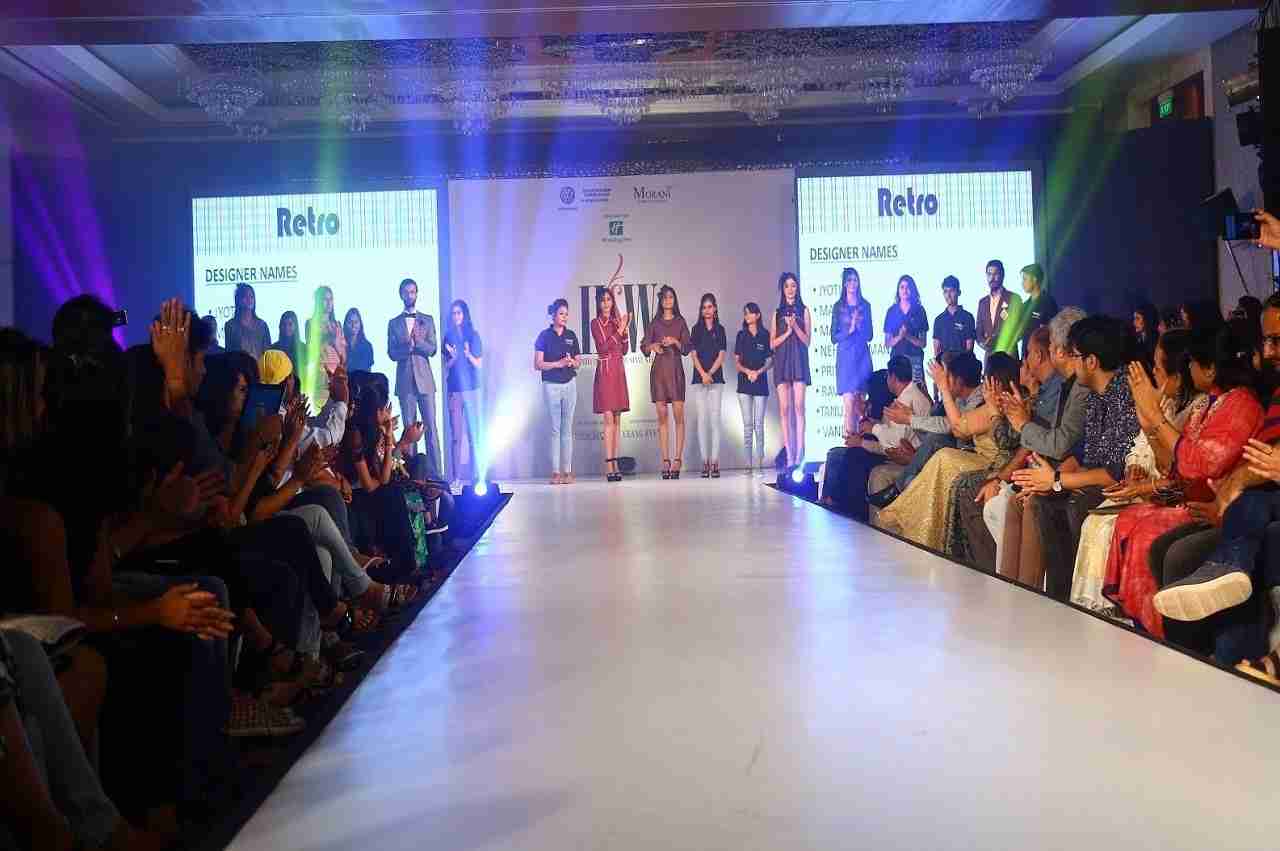


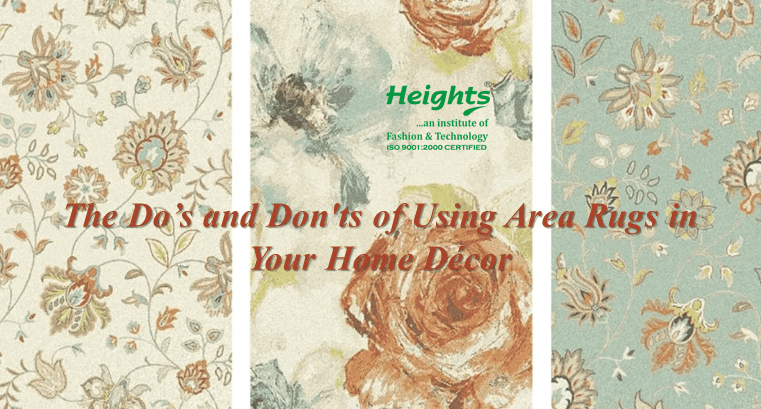
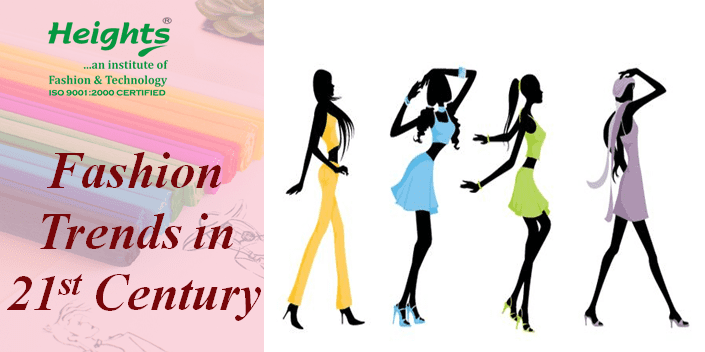
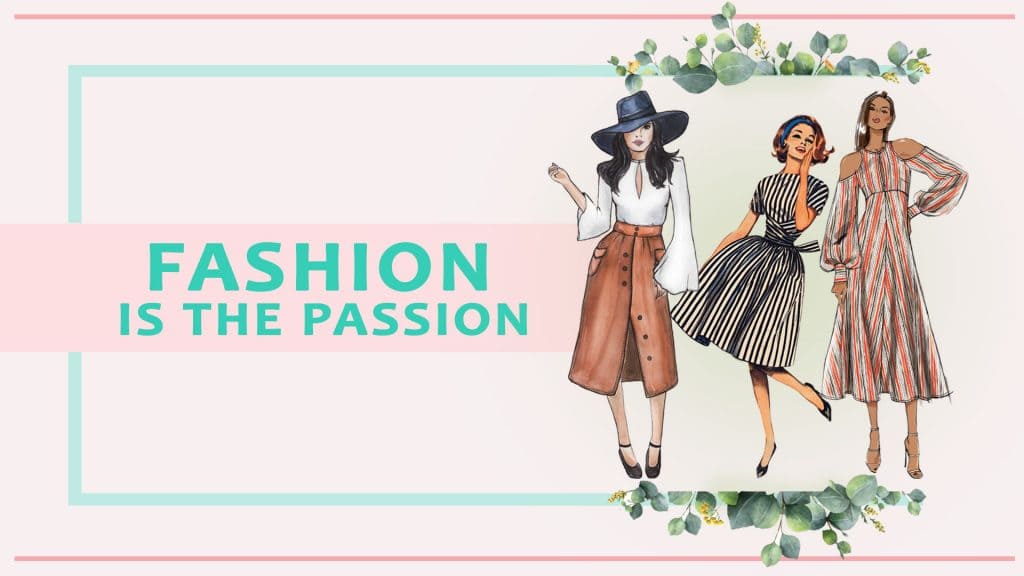

.jpg)
